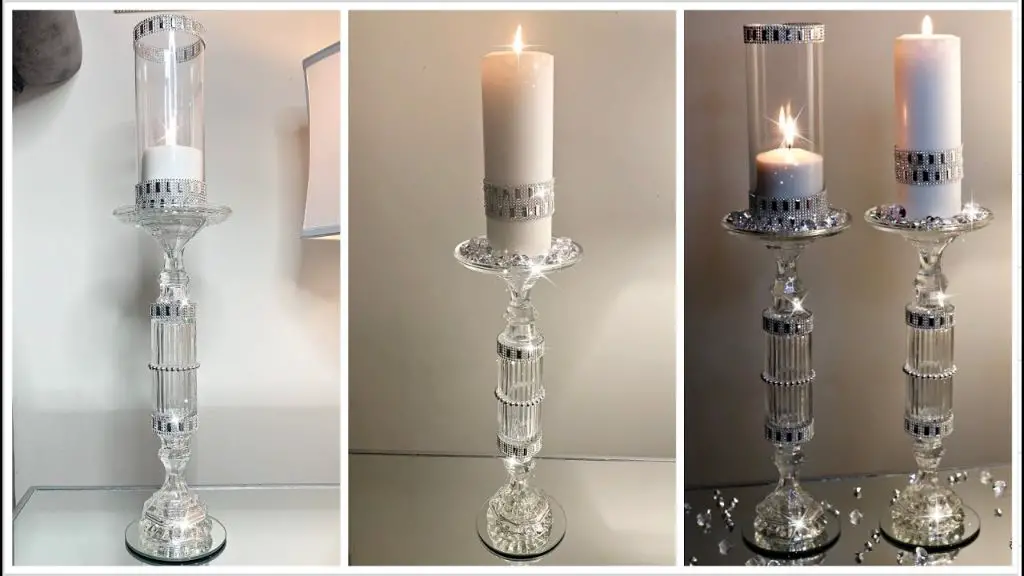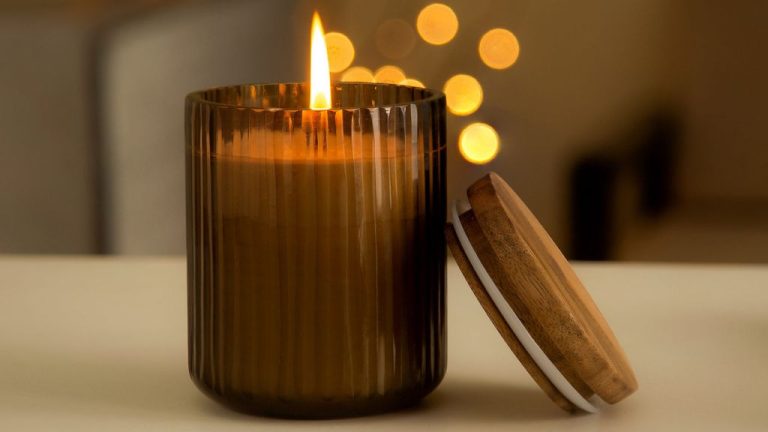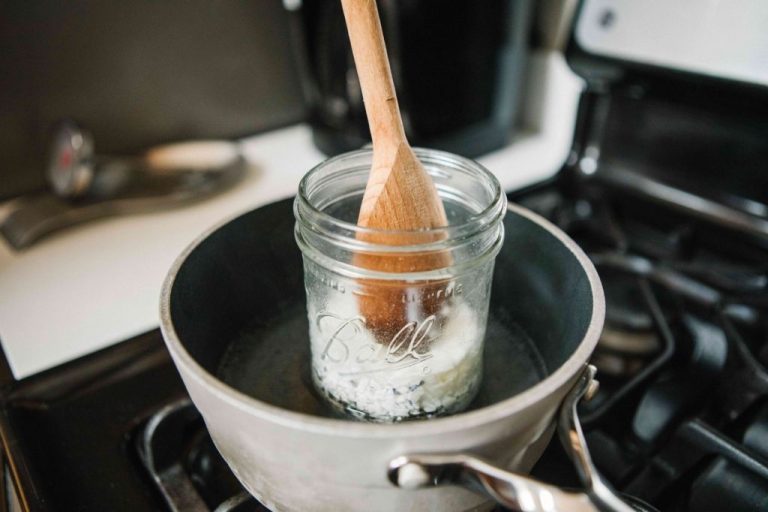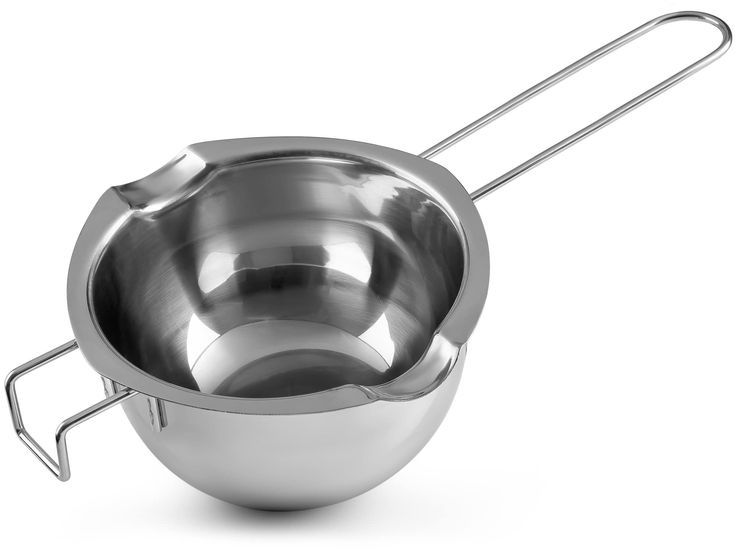Is Glass Or Ceramic Better For Candles?
When it comes to selecting containers for candles, two of the most popular options are glass and ceramic. Both glass and ceramic can make attractive vessels for candles, but they each have their own advantages and disadvantages. This article will provide an overview comparing glass vs ceramic containers for candles, looking at factors like heat resistance, durability, appearance, fragrance, cleaning, cost, safety, and environmental impact. With the pros and cons of each material covered, readers should have a better sense of whether glass or ceramic is generally better suited for their own candle-making needs.
Heat Resistance
One of the key factors to consider when choosing between glass and ceramic for candles is heat resistance. Ceramics can generally withstand much higher temperatures than glass before softening or melting. According to one source, ceramics can withstand temperatures up to 1200-1400°F, whereas tempered glass begins to soften around 400°F (https://www.woodstove-fireplaceglass.com/blogs/learn-about-wood-stoves/what-is-the-difference-between-tempered-glass-ceramic-glass-and-mica-glass). The higher heat resistance of ceramics makes them better suited for candles, as the flame can reach high temperatures. Glass containers may crack or warp under the prolonged heat of a candle flame. So if heat resistance is a priority, ceramic containers are the better choice. Their high melting point allows ceramics to stand up to the heat of a candle burning inside them.
Durability
Ceramic candle holders tend to be more durable and resistant to breaking than glass holders. According to one source, “In theory, ceramic is stronger than glass. Glass is actually a type of ceramic, but to be specific, glass has no ordered molecular structure. Solid glass is isotropic and amorphous. So theoretically ceramic is stronger than glass” (https://community.oneplus.com/thread/427311).
Ceramic has a crystalline molecular structure which makes it more resistant to cracks and breaks. Glass has an amorphous structure without crystals, so it can crack and shatter more easily. Ceramic also tends to withstand drops and bangs better than glass. So ceramic candle holders are less prone to chipping, cracking, or shattering when bumped or dropped.
However, not all ceramics are equally strong. The durability depends on factors like thickness and firing method. But in general, ceramic’s crystalline structure makes it more durable for candle holders than glass which can crack under stress.
Appearance
When choosing between glass or ceramic for candles, appearance is often a top consideration. Glass can provide a more elegant, luxurious look compared to ceramic. The translucent and reflective nature of glass makes it shine and sparkle beautifully when lit by a candle flame. According to kitchencabinetkings.com, glass tiles easily elevate a room with their shimmering effect.

Ceramic has its aesthetic appeals as well, with a wide diversity of colors, textures, and patterns to choose from. However, the opaque nature of ceramic does not provide the same radiant glow. For those desiring a sophisticated, glamorous look, glass tends to be the superior choice.
Glass candle holders let the flickering flame within shine through gorgeously. The light dances off the glass in a mesmerizing display. Ceramic’s opacity blocks this effect. When appearance and ambiance are the top priorities, glass candles offer visual beauty ceramic cannot match.
Fragrance
Ceramic retains scent better than glass. The porous nature of ceramic allows fragrance oils to soak into the material and be released over time. Glass has an impermeable surface that does not retain scents. According to Glass vs ceramic mugs: Which is better?, the subtle fragrance release from ceramic candles and diffusers creates a soothing ambiance. The aroma also lingers longer compared to glass vessels. Ceramic’s superior fragrance retention makes it the preferred material for candles, diffusers, and other scented home accessories.
Cleaning
When it comes to cleaning, glass candle holders tend to be easier to maintain compared to ceramic ones. Glass has a very smooth, non-porous surface that resists sticking and buildup. Food, wax, and other debris can be wiped away easily using a damp cloth or paper towel (Source). The glass can then be polished to restore its original shine and clarity.
Ceramic, on the other hand, is more porous and prone to staining. Burned on wax and oil can be difficult to remove completely. Ceramic may require more scrubbing with abrasive cleaners to get it fully clean. This is especially true for textured ceramic surfaces, which can trap debris in crevices. The extra effort needed makes ceramic a bit harder to clean than smooth glass.
Cost
When it comes to price, glass candles tend to be more affordable than ceramic candles. According to this source, glass candle jars and tins generally cost less because they are made from more inexpensive materials like soda-lime glass or aluminum. Ceramic candle holders, on the other hand, require more specialized clay materials and skilled artistry to create, so they are typically more expensive.
For example, a basic glass votive holder may cost around $1-2 each when purchased in bulk. However, a handmade ceramic votive holder with artistic detailing may cost $5-10 or even more. So if keeping costs down is a priority, glass containers will likely be the more budget-friendly option for candles.
That said, there are ways to find affordable ceramic candle holders as well. Purchasing simple, mass-produced ceramic vessels rather than handmade artisan ones can help lower costs. Clearance sales and bulk purchases can also make ceramic more cost-effective for candle making.
Safety
When it comes to safety, ceramic candle containers have a clear advantage over glass. Glass can get dangerously hot when used for candles, posing a burn risk if touched. According to https://metaltinpack.com/candle-container-materials/, glass conducts heat very efficiently. This allows the exterior of the glass to reach high temperatures that can burn skin on contact. Glass can even crack or shatter from the heat of a candle flame in some cases.
Ceramic, on the other hand, does not conduct heat nearly as well as glass. Ceramics disperse and absorb heat more evenly, preventing the exterior surface from reaching dangerously high temperatures like glass can. This makes ceramic inherently safer to use for candle making and reduces the risk of burns. As long as an appropriate heat-resistant ceramic is chosen, it provides a much safer option than glass for candle containers.
Environmental Impact
When it comes to environmental impact, ceramic is generally considered more eco-friendly than glass. Ceramic can be made from natural clay materials, while glass production requires silica sand and high heat from fossil fuel consumption. According to research, ceramic glass production has a higher global warming potential than standard ceramic due to its material composition and energy intensive manufacturing process (https://link.springer.com/article/10.1007/s40684-019-00096-3). Unlike glass, ceramic is also biodegradable and will break down naturally over time without releasing toxins. Ceramic production uses less energy and creates less CO2 emissions overall. While both materials are relatively inert, glass carries more risk of leaching chemicals and heavy metals into the environment after disposal. So for those concerned about ecological impact, ceramic wins out as the greener, more sustainable option compared to glass.
Conclusion
In summary, there are several key differences between glass and ceramic when it comes to candle containers. Ceramic is more durable and can withstand higher temperatures than glass. However, glass allows for a better fragrance throw and provides a classic, elegant look that many consumers prefer. Glass is also generally less expensive than premium ceramic options.
When choosing between glass vs ceramic for candles, consider the type of candle and your priorities. For basic container candles, glass jars are likely the better option given their lower cost and fragrance benefits. But for large, artistic pillar candles where high heat resistance is needed, ceramic may be the optimal choice.
Overall, glass seems to have more advantages over ceramic for typical candle making and selling. The lower cost, visual appeal, and enhanced fragrance of glass make it the winner for most candle makers and businesses. But ceramic shouldn’t be overlooked, especially for specialty, high-end candles where durability and heat resistance are essential.






